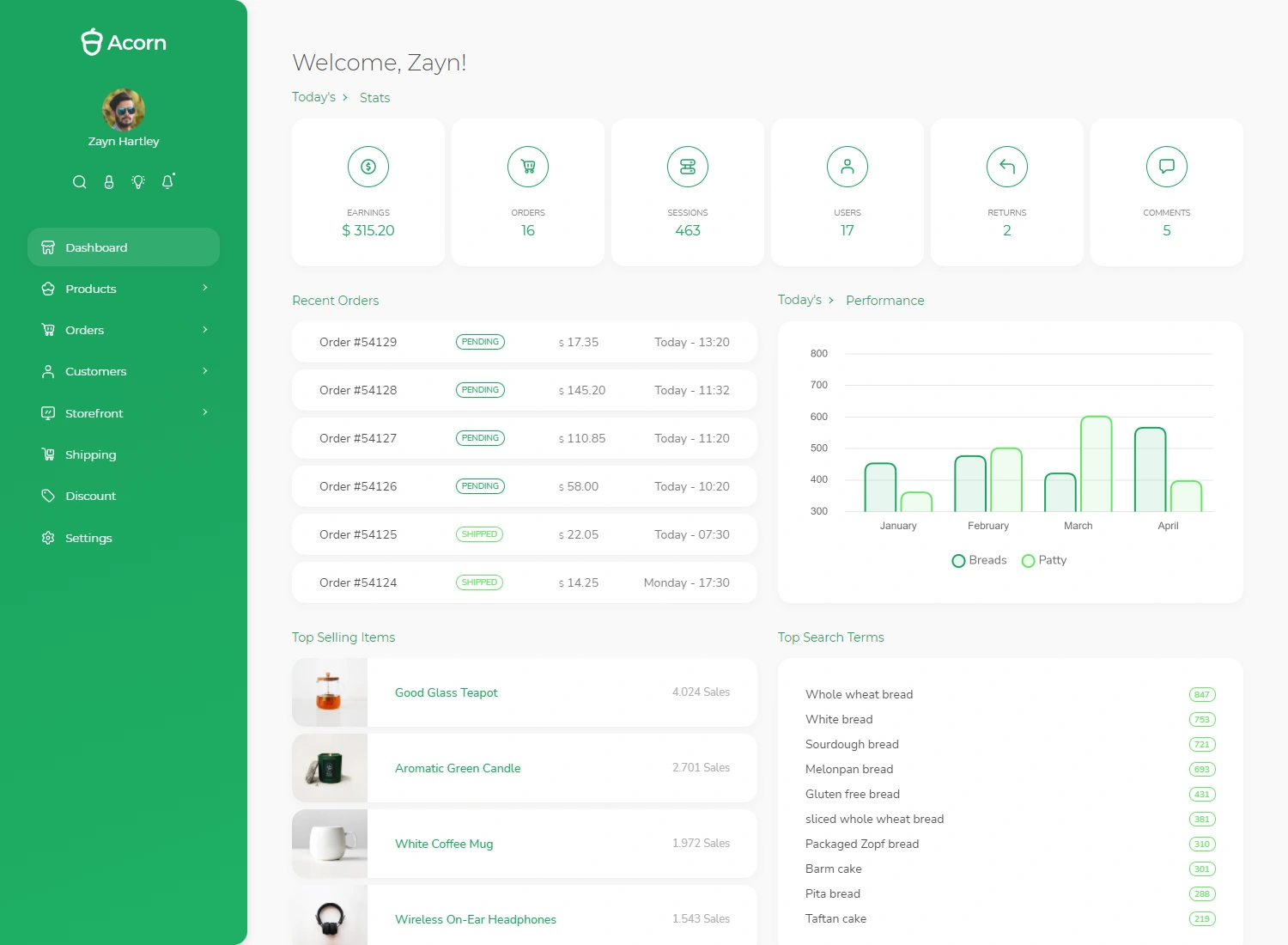India’s groundwater quality is under increasing scrutiny as a recent report by the Central Ground Water Board (CGWB) highlights significant contamination concerns, particularly with nitrates. The report underscores the growing prevalence of contaminants across multiple states, pointing to a severe environmental and public health crisis.
Types of Groundwater Contaminants
Groundwater contamination stems from both natural and anthropogenic activities, introducing a wide array of pollutants. The major contaminants include:
- Nitrates: Arising from agricultural fertilizers, wastewater, and sewage leakage, nitrates are the most common groundwater pollutant.
- Arsenic: Naturally present in certain geological formations but aggravated by over-extraction of groundwater.
- Fluoride: Found in rocks and soils, with excess levels primarily caused by natural leaching and industrial activities.
- Iron and Uranium: These contaminants often originate from geological formations and are exacerbated by over-exploitation of groundwater.
Each of these contaminants poses unique challenges, with health and ecological impacts that necessitate urgent mitigation measures.
Causes of Groundwater Contamination
The primary sources of contamination include:
- Agricultural Activities: The heavy use of nitrogen-based fertilizers, such as ammonium nitrate and urea, contributes significantly to nitrate contamination.
- Industrial Discharges: Effluents containing heavy metals and chemicals seep into aquifers.
- Urbanization and Sewage: Leaks from poorly maintained sewage systems introduce pathogens and organic pollutants.
- Mining and Over-Extraction: Over-extraction alters groundwater flow, mobilizing contaminants like uranium and arsenic.
Consequences of High Nitrate Levels
The CGWB defines nitrate contamination as concentrations exceeding 45 mg/l. This has risen alarmingly, with 56% of districts reporting unsafe levels. The implications of high nitrate presence include:
-
Health Impacts:
- Methemoglobinemia (or "blue baby syndrome") affects infants, reducing their blood’s oxygen-carrying capacity.
- Long-term exposure can lead to digestive tract cancers and thyroid issues.
-
Environmental Impacts:
- Excessive nitrates in water bodies promote algal blooms, depleting oxygen and disrupting aquatic ecosystems.
Geographic Hotspots of Nitrate Contamination
States such as Rajasthan, Karnataka, and Tamil Nadu report the highest proportions of nitrate contamination, with 49%, 48%, and 37% of tested samples, respectively, exceeding safe limits. Other regions, including Maharashtra, Telangana, and Andhra Pradesh, are witnessing a worrisome upward trend.
Beyond Nitrates: Other Contaminants
The report also highlights other significant pollutants:
- Fluoride: Excessive concentrations, particularly in Rajasthan, Haryana, and Karnataka, lead to skeletal and dental fluorosis.
- Arsenic and Uranium: High levels, especially in Rajasthan and Punjab, are linked to severe health risks, including cancer.
- Iron: Contributes to water discoloration and taste issues but poses relatively lower health risks compared to other contaminants.
State of Groundwater Levels in India
Despite contamination challenges, the overall groundwater extraction level remains stable at 60.4%, with 73% of the blocks classified as "safe." However, groundwater over-extraction in some regions exacerbates contamination issues by mobilizing deeper-layer pollutants.
Technological Advances in Monitoring
To improve groundwater management, the CGWB has adopted digital water-level recorders and expanded its network of observation wells. By 2027, India is expected to have approximately 67,000 digitally recordable units, enhancing data accuracy and management strategies.
Addressing the Crisis
Groundwater contamination in India poses a multifaceted challenge, affecting public health, agriculture, and ecosystems. Addressing this requires:
- Regulation of Fertilizer Use: Promoting organic farming and controlled application of chemical fertilizers.
- Improved Sewage Management: Upgrading urban sewage systems to prevent leakage.
- Enhanced Monitoring: Expanding the CGWB's digital network to ensure real-time data collection.
- Awareness Campaigns: Educating stakeholders on safe water practices and contamination risks.






